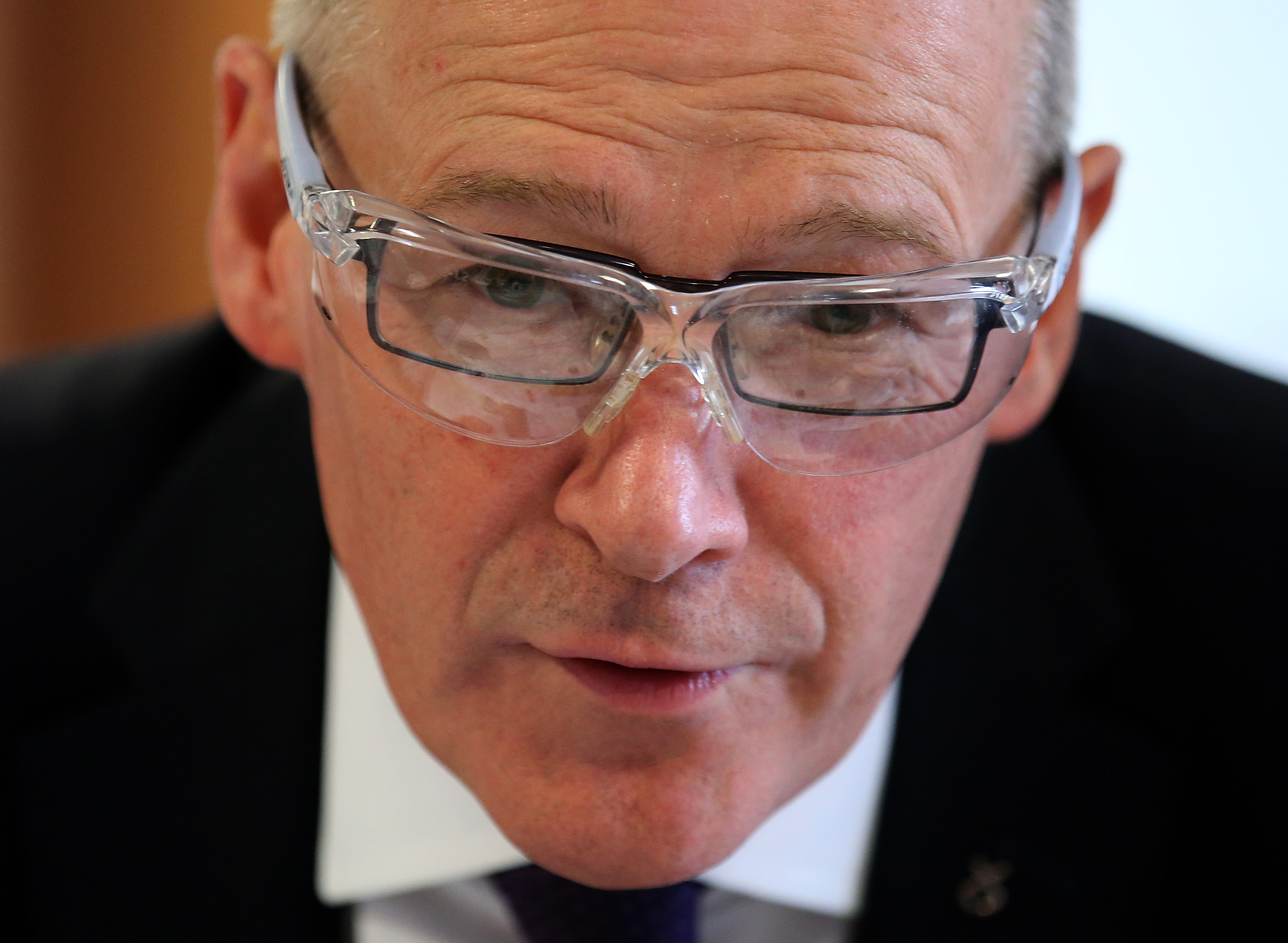Scottish ministers could save £93m a year if free university tuition for EU students is scrapped after Brexit, Holyrood researchers have estimated.
Universities could also rake in up to £120m annually though charging European undergraduates tuition fees, the independent analysis found.
Last week John Swinney, the Education Secretary, extended funding guarantees to all full-time EU students starting Scottish undergraduate courses in 2017.
But the SNP faces calls to divert that cash post-Brexit into getting more Scots from poorer backgrounds into university.
Under EU rules, it is illegal to discriminate against students from other member states, who must have access to the same tuition fee arrangements as home nationals.
That means that full-time undergraduates from other EU states are entitled to the same free university tuition that Scots receive.
The Scottish Parliament Information Centre report, which published the figures, said: “Depending on exit negotiations, it may be that EU nationals will not in future be entitled to free tuition at Scottish HEIs.
“On the one hand, this would mean a significant financial gain for the Scottish Government. On the other hand, the removal of this arrangement could reduce significantly the number of EU nationals that choose to study in Scotland.
“This has implications for the cultural diversity of Scottish HEIs and for the Scottish economy, with Scotland losing the spending power of these students.”
Ross Thomson, a North East MSP who backed leaving the EU, said the report reveals the “opportunities” from Brexit for Scotland’s universities.
The Scottish Conservative said that charging EU students could pay for more bursaries and grants to encourage young Scots from poorer backgrounds into higher education.
A Dundee University spokesman said it would be “short-sighted” to focus on how much universities could raise in tuition fees after Brexit when access to talent, research funding and collaboration within the bloc is so important.
A spokeswoman for St Andrew’s University said they will continue to “work to influence the negotiations” surrounding Brexit to protect the sector’s relationship with the EU.
A Scottish Government spokesman said: “We want all EU staff and students in Scotland to feel settled and secure and we continue to urge the UK Government to urgently guarantee the residency status and rights of EU nationals living in Scotland.”
